Audi Q7 SUV (2006-2014) engines, drive and performance
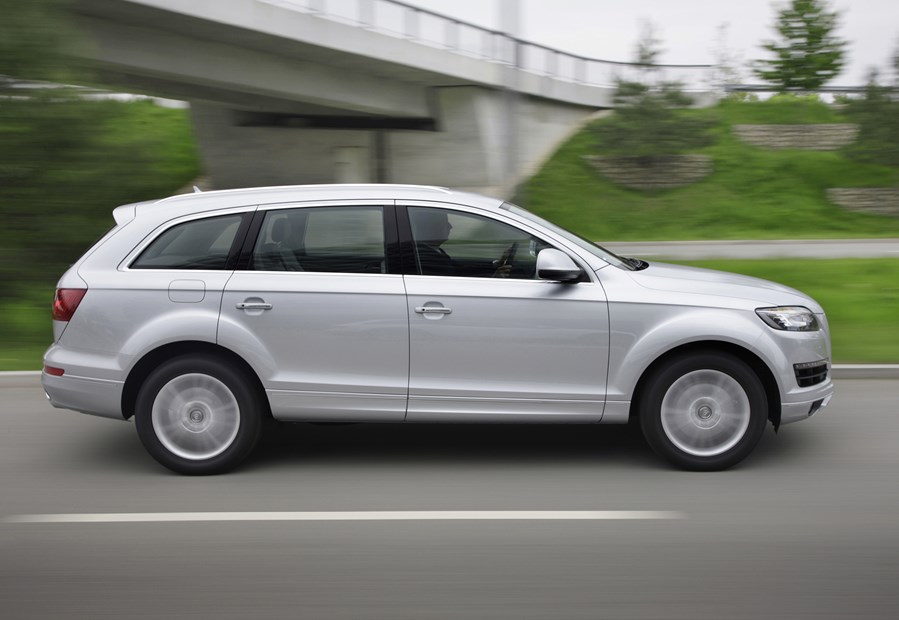
There is a range of engines, both diesel and petrol, so there is plenty of choice when it comes to Audi Q7 performance. The more choice you get, the more effective it is an SUV.
Petrol engines
Originally offered with a 345bhp 4.2-litre petrol V8, the petrol options for the Q7 now are more frugal 3.0-litre V6 motors with 268- or 328bhp on tap.
The less powerful engine still gives 0-62mph in 7.9 seconds, coupled to 26.4mpg, so it’s not as bad as some might fear for a car of this size.
The 328bhp engine gives the same economy but cuts 0-62mph to 6.9 seconds, and both engines are refined.
However, they do have to be revved hard through the eight-speed automatic gearbox to give their best, which compromises their quiet tones, and neither offers carbon dioxide emissions that will appeal to company car drivers.
Diesel engines
The 3.0-litre V6 diesel is a more cost effective option and the most popular engine than the petrols. It averages 39.2mpg in 204bhp form and it doesn’t feel much slower on the road thanks to its strong pulling power.
This engine also comes in 241bhp form to give 38.2mpg and 0-62mph in 8.0 seconds to make it the best all-round choice.
In January 2009 a new 6.0-litre twin-turbo V12 TDI engine was launched and with 500bhp and immense pulling power it propels the Q7 from 0-62mph in an astonishing 5.5 seconds.
It’s not as hugely thirsty as you’d expect, averaging 25mpg, but the engine is very noisy and not particularly smooth, while the £95,000-plus list price is ludicrously high.
This engine is no longer on offer, while the 4.2 V8 TDI was improved in 2009, with power going up to 234bhp from 326bhp.
It delivers 0-62mph in 6.4 seconds and 30.7mpg, and it’s a hushed performer as it barely has to try to make a big impression.
Parkers recommends
Despite some engines offering more performance, the best motor in the Audi Q7 is the 245bhp 3.0 TDI for its blend of pace, grace and efficiency
Updated engines for 2015 facelift
At launch the 2015 Q7 was initially powered by a 3.0 V6 TDI, producing 268bhp and 600Nm of torque. It complies with the Euro 6 emissions standard, claiming combined fuel consumption of 47.8mpg, and CO2 emissions of 153 g/km, while sprinting from 0-62 mph in 6.3 seconds.
A lower powered variant of the 3.0 TDI with 215bhp and 500 Nm of torque was promised to follow, with further reduced CO2 emissions and features such as closable louvres on the front end.
The Audi Q7 e-tron Quattro was also announced, offering 368bhp and 700Nm of torque, while claiming up to 166.1mpg and less than 50 grams of CO2 per kilometre.
The eight-speed tiptronic gearbox was refreshed and offered a free-wheeling function, and the Quattro centre differential was also put on a diet, resulting in a lighter and smaller unit.
The Q7 weighs well over two tonnes and takes up a lot of space on the road, so it’s not best suited to tight twisty routes, although body roll is well controlled for such a big vehicle.
Open roads are more its natural environment and here the electronically-controlled damping and variable-height air-sprung suspension make it feel secure and responsive. The driver can choose more sporty or comfort biased settings too.
If you do decide to tackle off road terrain the air suspension can be raised for better clearance and there’s scope to further raise the suspension for extreme obstacles – however the road tyres lack grip. A sophisticated four-wheel-drive system automatically ensures the Q7 retains traction even when conditions get really slippery but there’s no low range gearbox option.
Light weight update in 2015
As well as a crash diet, resulting in a loss of 325kg, the handling of the Q7 updated with new front and rear axle, bearings, and electromechanical power steering.
All-wheel steering turns the rear wheels opposite to the front wheels at low speed, to increase vehicle agility and reduce the turning radius. At higher speeds the rear wheels follow the movement of the front wheels, optimising steering response and vehicle stability.


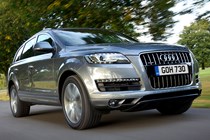
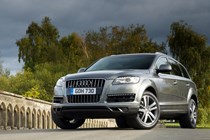
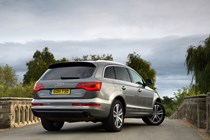
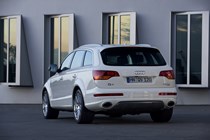
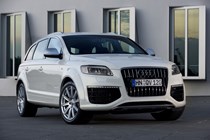
.jpg)
.jpg)
.jpg)
.jpg)
.jpg)
.jpg)
.jpg)
.jpg)
.jpg)
.jpg)
.jpg)
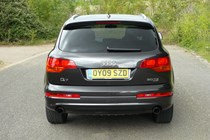
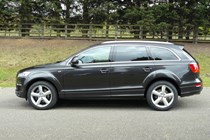
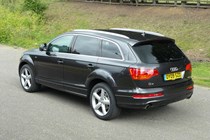
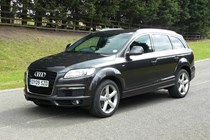
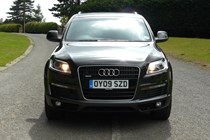
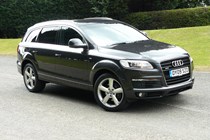

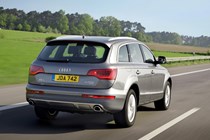

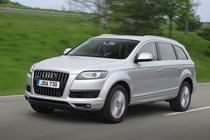
.jpg)
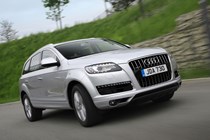
.jpg)
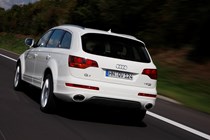
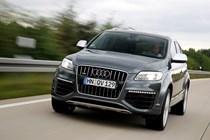
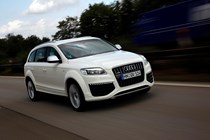
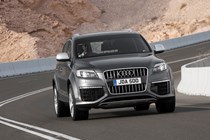
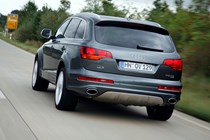
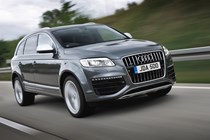
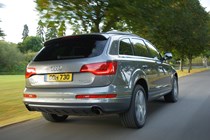
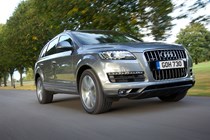
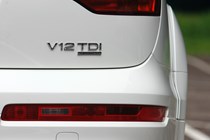
.jpg)
.jpg)
.jpg)
.jpg)
.jpg)
.jpg)
.jpg)
.jpg)
.jpg)
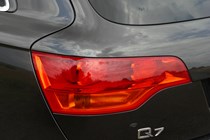
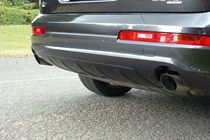
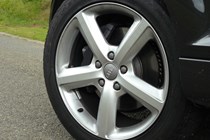

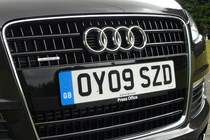
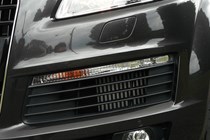
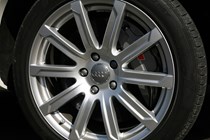
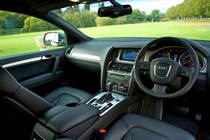
.jpg)
.jpg)
.jpg)
.jpg)
.jpg)
.jpg)
.jpg)
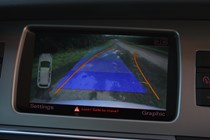
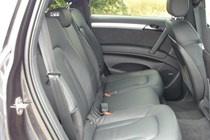
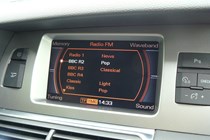
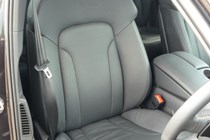
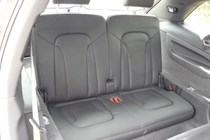

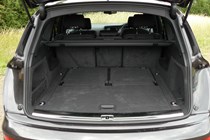
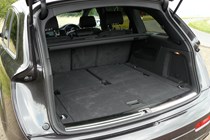
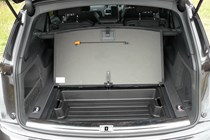
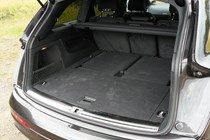
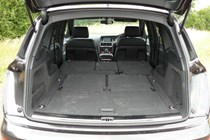
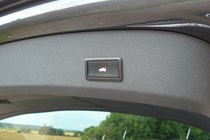
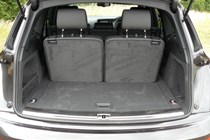
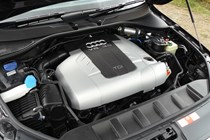
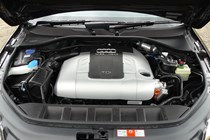
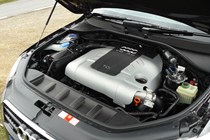





.jpg?quality=50)
.jpg?quality=50)
.jpg?quality=50)
.jpg?quality=50)
.jpg?quality=50)
.jpg?quality=50)
.jpg?quality=50)
.jpg?quality=50)
.jpg?quality=50)
.jpg?quality=50)
.jpg?quality=50)










.jpg?quality=50)

.jpg?quality=50)









.jpg?quality=50)
.jpg?quality=50)
.jpg?quality=50)
.jpg?quality=50)
.jpg?quality=50)
.jpg?quality=50)
.jpg?quality=50)
.jpg?quality=50)
.jpg?quality=50)








.jpg?quality=50)
.jpg?quality=50)
.jpg?quality=50)
.jpg?quality=50)
.jpg?quality=50)
.jpg?quality=50)
.jpg?quality=50)















